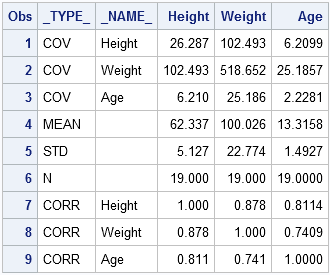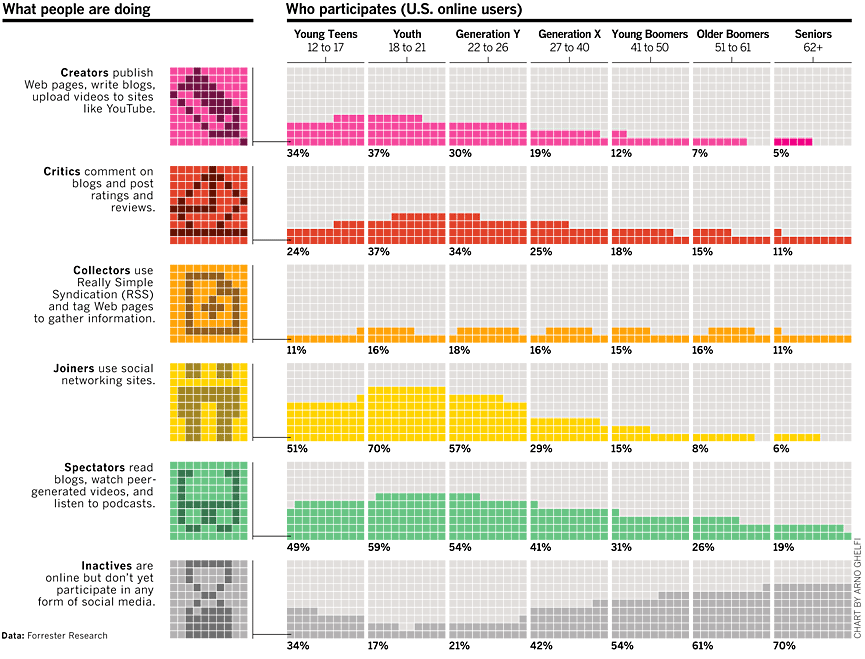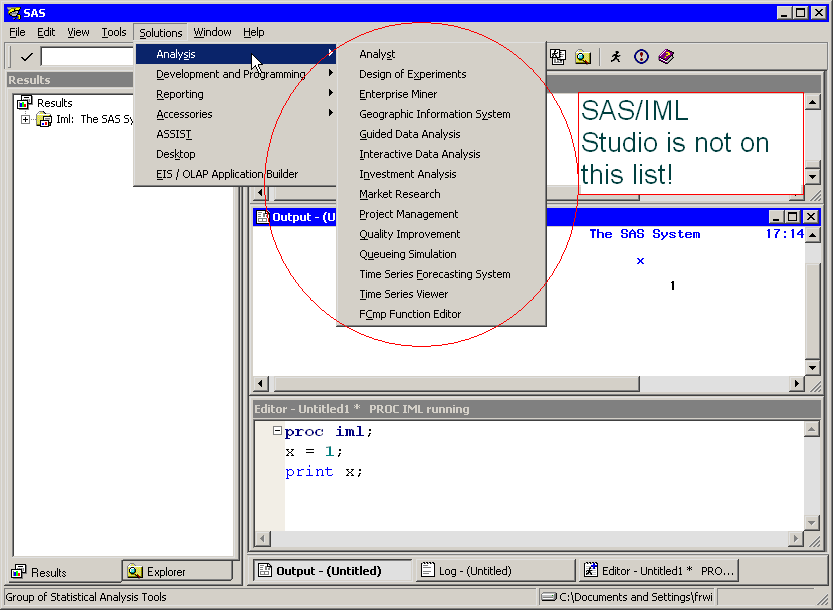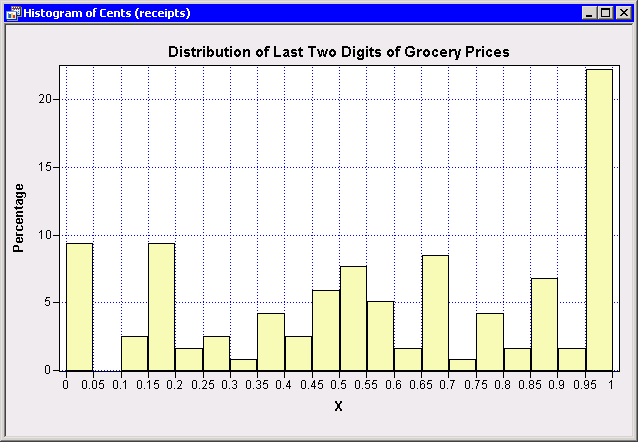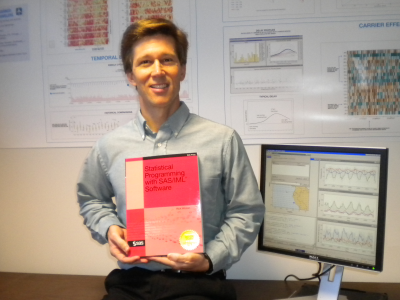
I connect to more SAS server environments than your average SAS user. In a given week, I probably run SAS Enterprise Guide connecting to at least five different Windows-based servers, a few Unix-based servers, and maybe even a z/OS machine as well. With that many SAS environments, I'm bound to

